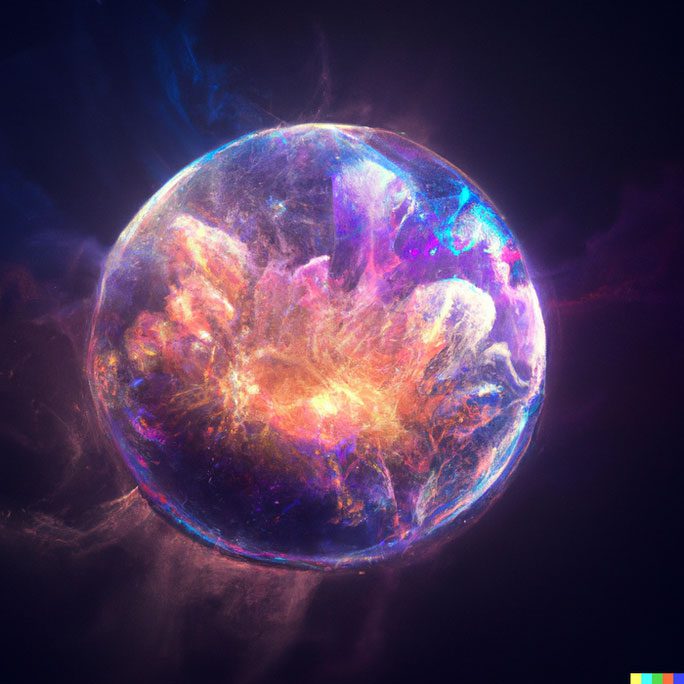A recent study published in the scientific journal Nature has identified the surprising shape of the GW170817 object from the afterlife, which is extremely rich in ghost particles known as neutrinos.
The research team, led by astrophysicist Albert Sneppen from the Niels Bohr Institute (Denmark), investigated GW170817 with the aim of describing the shape of one of the universe’s most powerful “ghosts”: the Kilonova.
Kilonova is the “supercharged” version of what we call a supernova, which refers to star explosions. A supernova occurring hundreds of light-years away can illuminate the entire night sky of Earth, while one a few dozen light-years away can trigger a mass extinction event. Fortunately, the kilonovae that have been suspected to exist are all very far from our planet.

A kilonova looks like a spooky round planet similar to Earth, but may be rich in neutrino particles instead of rocks – (Photo: Albert Sneppen).
According to Science Alert, GW170817 is a mysterious signal from deep space that was discovered in 2017 and is believed to be a kilonova resulting from the explosion caused by the collision and merger of neutron stars.
Neutron stars are the “zombies” of a giant star that has exhausted its energy and “died” once. They are incredibly compact, with some studies suggesting they are only the size of a grapefruit, yet their energy can be millions of times stronger than Earth’s magnetic field.
The collision of neutron stars results in a brilliant death once again for both, releasing a kilonova that emits immense energy and ejects many rare elements into the universe, including gold, silver, and platinum. In the case of kilonova GW170817, scientists discovered strontium, a highly chemically active alkaline earth metal.
By analyzing the signs of strontium from spectral data, scientists found that it is distributed in a perfect spherical shape. This suggests another element related to it: ghost particles known as neutrinos.
Neutrinos are a type of extremely light particle, almost massless, that can penetrate everything, first identified by the IceCube Neutrino Observatory in Antarctica.
In a kilonova, the heaviest elements like gold and platinum are distributed unevenly, but lighter heavy elements like strontium may be produced and scattered more evenly, and that could be due to neutrinos that can cause neutrons to transform into lighter subatomic particles, protons, and electrons, thereby creating more lighter elements overall.
This is an intriguing discovery because, despite the application of neutrinos in various fields, including research into the deep interior of Earth, scientists have yet to understand the origins of these strange particles from the universe.


















































